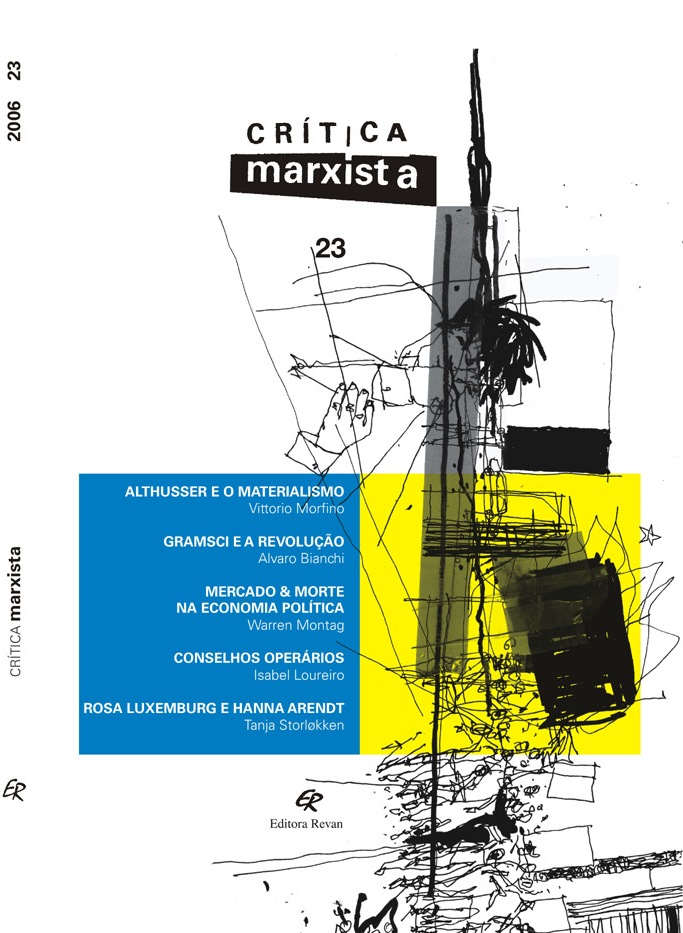Abstract
Throughout the Quaderni del carcere, written by Antonio Gramsci, is possible to identify a fusion between philosophy, history and politics. Such fusion appears strongest in the concept of passive revolution. Gramsci's starting point is the
analysis of the Italian Risorgimento and the bourgeois transition the power through successive reformist waves, preventing a revolutionary explosion like the French case. The bourgeoisie was not able anymore to bring into play a full hegemony that allowed it to incorporate to its project the subaltern class demands. In this case, the exercise of a restricted bourgeois hegemony over the set of the ruling classes through the mediation of the State remains the only possibility to this class. This new relation caught for the concept of passive revolution between State and society, and between politics and economy, will allow its use for the analysis of the fascism, the americanism and the fordism. Through these historical material Gramsci build an interpretative key for the updated forms of the capitalist domination in contemporary world.
References
BIANCHI, Alvaro. Revolução passiva: o pretérito do futuro. Crítica Marxista, São Paulo, Ed. Revan, v.1, n.23, 2006, p.34-57.

This work is licensed under a Creative Commons Attribution 4.0 International License.
Copyright (c) 2006 Alvaro Bianchi

